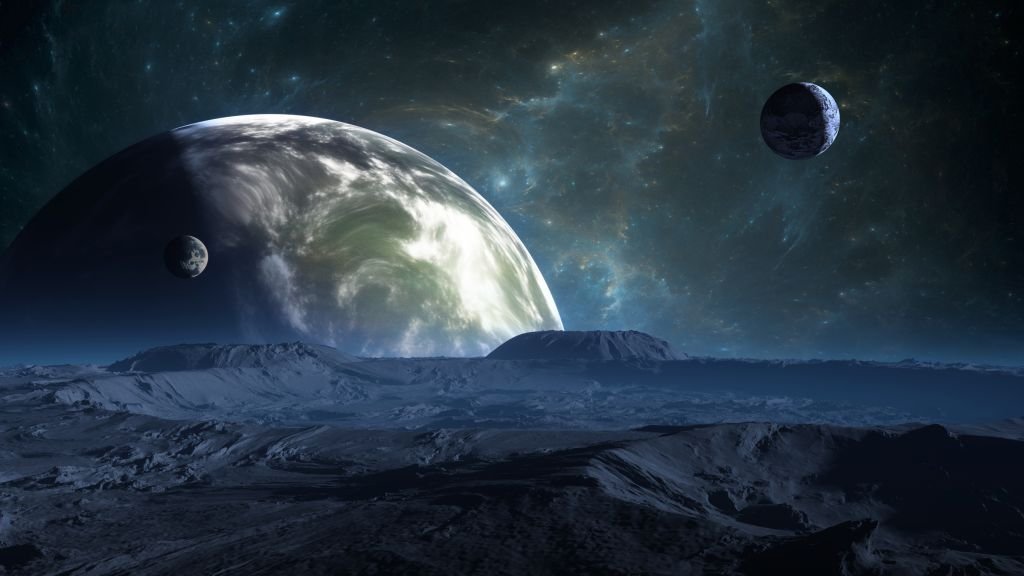The extraterrestrial theory, often referred to as the ancient astronaut theory, posits that intelligent beings from other planets have visited Earth throughout history and influenced the development of human civilizations. This idea, which gained popularity in the mid-20th century, challenges traditional views of human evolution and cultural development by suggesting that extraterrestrial beings have played a significant role in shaping our world.

Proponents of the extraterrestrial theory argue that numerous ancient structures and artifacts provide evidence of advanced knowledge and technology that could not have been produced by early human societies. For example, the precise construction of the Egyptian pyramids, the intricate carvings of the Nazca Lines in Peru, and the megalithic stones of Stonehenge are often cited as examples of possible extraterrestrial intervention. Supporters claim that these achievements were beyond the capabilities of the people of those times and therefore must have been influenced by more advanced beings from other worlds.
One of the most famous proponents of the extraterrestrial theory is Erich von Däniken, whose book "Chariots of the Gods?" published in 1968, brought the idea to a global audience. Von Däniken suggested that many ancient myths and religious texts, including the Bible, contain references to extraterrestrial visitors. He interpreted descriptions of gods descending from the heavens, flying chariots, and otherworldly beings as evidence of contact with advanced alien civilizations. His work inspired a wave of books, documentaries, and television shows exploring the possibility of ancient extraterrestrial influence on Earth.
Critics of the extraterrestrial theory argue that it underestimates the ingenuity and capabilities of ancient human societies. Archaeologists and historians emphasize that many so-called anomalies can be explained by more conventional means, such as evolving construction techniques, lost technologies, and the cumulative knowledge of pre-modern societies. They assert that the theory often relies on selective interpretation of evidence and a lack of understanding of historical contexts. Moreover, mainstream science maintains that there is no concrete evidence to support the claim of extraterrestrial contact with ancient humans.
Despite the criticisms, the extraterrestrial theory continues to captivate the public imagination. It appeals to our innate curiosity about the unknown and our desire to explore the possibilities of life beyond Earth. The theory also raises profound questions about the nature of human existence and our place in the cosmos. If extraterrestrial beings have indeed visited Earth, what implications does this have for our understanding of history, religion, and science? How would such a revelation reshape our perception of humanity's role in the universe?
In recent years, the search for extraterrestrial life has expanded beyond the realm of ancient astronaut theory to include scientific endeavors such as the Search for Extraterrestrial Intelligence (SETI) and missions to explore other planets and moons in our solar system. Advances in technology have enabled scientists to detect potentially habitable exoplanets and analyze the atmospheres of distant worlds for signs of life. While these efforts have yet to provide definitive proof of extraterrestrial life, they reflect a growing recognition of the possibility that we are not alone in the universe.
In conclusion, the extraterrestrial theory remains a provocative and controversial topic that challenges conventional views of human history and our place in the cosmos. Whether viewed through the lens of ancient astronaut speculation or modern scientific inquiry, the idea of extraterrestrial life continues to inspire wonder and debate. As we continue to explore the mysteries of the universe, the search for answers about extraterrestrial influence on Earth will undoubtedly remain a compelling and enduring quest.







